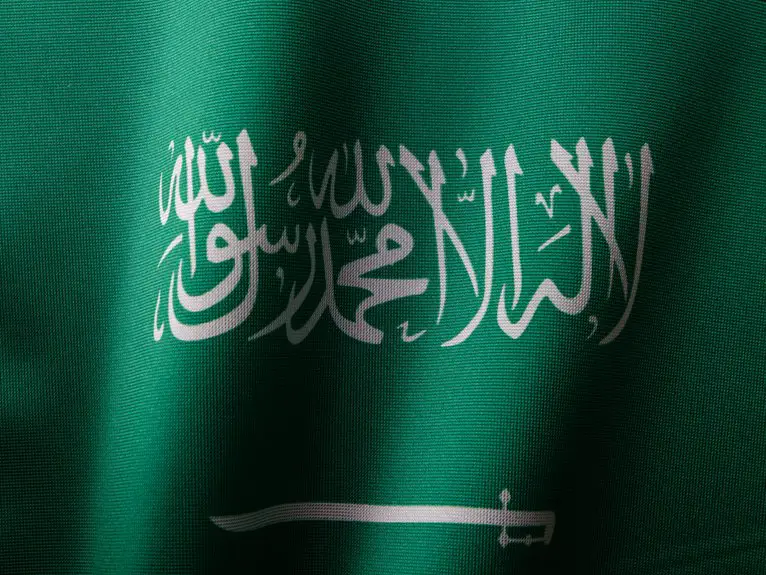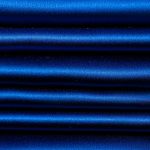You start with raw cotton, cleaning and spinning it by hand on a charkha to make strong, uniform yarn. Then, you weave the yarn on a simple handloom, creating breathable, sustainable fabric. Khadi isn’t just cloth—it represents India’s fight for freedom, self-reliance, and local craftsmanship. Embraced once again by modern eco-conscious fashion, it supports artisans and preserves tradition. Keep exploring to uncover the full story of Khadi’s enduring legacy and cultural significance.
Table of Contents
Key Takeaways
- Khadi fabric originates from India’s independence movement, symbolizing self-reliance and resistance to British industrial goods.
- Cotton fibers are cleaned, carded, and spun into yarn using a charkha, emphasizing tension control for strength and uniformity.
- Handloom weaving involves passing weft threads through warp threads on a wooden frame, creating durable fabric with unique regional styles.
- Khadi was central to India’s freedom struggle, promoting economic independence through the boycott of foreign textiles and fostering unity.
- Today, Khadi is embraced in sustainable fashion for its eco-friendly, breathable qualities and supports rural artisans with fair wages.
The Origins and Cultural Significance of Khadi
Although many fabrics have rich histories, Khadi stands out because it represents more than just cloth—it embodies India’s struggle for independence and self-reliance.
When you wear Khadi, you connect with a legacy that Mahatma Gandhi championed during the freedom movement. It wasn’t merely about clothing; it symbolized resistance against British industrial goods and a call for economic empowerment of rural India.
Wearing Khadi links you to Gandhi’s vision of resistance and rural economic empowerment.
You’ll find that Khadi carries a cultural weight, reflecting simplicity, sustainability, and self-sufficiency. By choosing Khadi, you support local artisans and uphold a tradition that emphasizes unity and pride in indigenous craftsmanship.
This fabric isn’t just a material; it’s a statement of your alignment with values that shaped a nation’s identity and continue to inspire sustainable living worldwide.
The Traditional Process of Spinning Khadi Yarn
Spinning Khadi yarn requires skill and patience, connecting you directly to a time-honored craft. You begin by cleaning and carding cotton fibers to align them. Then, using a traditional spinning wheel called a charkha, you twist the fibers into yarn, controlling tension carefully to guarantee strength and uniformity. Each strand reflects your focus and dedication.
Here’s a quick look at the steps you follow:
| Step | Action | Purpose |
|---|---|---|
| 1 | Clean fibers | Remove impurities |
| 2 | Card fibers | Align fibers |
| 3 | Spin on charkha | Twist fibers into yarn |
| 4 | Control tension | Guarantee yarn strength |
| 5 | Wind yarn | Prepare for weaving |
This traditional method keeps the spirit of Khadi alive in every thread.
Hand-Weaving Techniques Used in Khadi Fabric Production
When you move from spinning to weaving, hand-weaving techniques bring Khadi fabric to life with intricate patterns and textures.
You start by setting up the handloom, a simple yet versatile wooden frame. As you pass the shuttle carrying the weft thread through the warp threads, your skilled hands create a tight, durable weave. You control the tension carefully, ensuring the fabric remains even and strong.
Different regions have unique weaving styles, like the fine, smooth weave of Bengal or the coarse, rugged texture from Gujarat. You might also incorporate natural dyes or subtle designs during weaving, adding character to each piece.
Your hands work rhythmically, turning raw yarn into fabric that reflects centuries of tradition and craftsmanship.
The Role of Khadi in India’s Freedom Movement
Because Khadi represented more than just fabric, it became a powerful symbol in India’s fight for independence.
When you wear Khadi, you connect with a legacy of self-reliance and resistance against colonial rule. Mahatma Gandhi championed Khadi as a way to boycott British textiles, encouraging people like you to spin and weave your own cloth.
This act wasn’t just about clothing; it was about reclaiming economic freedom and dignity. By embracing Khadi, you actively participated in a movement that united millions under a shared purpose.
The fabric embodied simplicity, unity, and the spirit of Swadeshi, promoting Indian industry over foreign imports.
Khadi’s Revival and Its Place in Modern Sustainable Fashion
Although Khadi has deep historical roots, it’s making a strong comeback as a symbol of sustainable fashion today.
You’ll find Khadi embraced by designers who value eco-friendly, handwoven textiles that reduce reliance on industrial processes. When you choose Khadi, you support slow fashion—each piece crafted with care, using organic fibers and minimal chemicals.
It’s breathable, biodegradable, and durable, making it perfect for conscious consumers like you who want style without harming the planet.
Plus, Khadi empowers rural artisans by providing fair wages and preserving traditional skills.
Frequently Asked Questions
What Types of Dyes Are Traditionally Used for Coloring Khadi Fabric?
You’ll find traditional khadi fabric dyed with natural dyes like indigo, turmeric, and madder root. These plant-based colors give khadi its rich, earthy tones while keeping the fabric eco-friendly and deeply connected to Indian heritage.
How Does Khadi Fabric Compare in Durability to Other Cotton Fabrics?
Think of khadi fabric as the sturdy oak among cotton trees—you’ll find it more durable than regular cotton. Its hand-spun, hand-woven nature gives it strength and longevity, making it perfect for everyday wear and lasting use.
Can Khadi Be Made From Fibers Other Than Cotton?
Yes, you can make khadi from fibers like silk and wool, not just cotton. These natural fibers keep khadi’s hand-spun, handwoven essence, giving you diverse textures and uses while supporting traditional craftsmanship.
What Economic Impact Does Khadi Production Have on Rural Communities?
You’ll find khadi production boosts rural economies by creating jobs, promoting self-reliance, and supporting local artisans. It strengthens community income and preserves traditional skills, helping you empower and sustain rural livelihoods effectively.
Are There Any Certifications to Verify Authentic Khadi Fabric?
Picture a genuine khadi label, symbolizing tradition and quality. You can verify authentic khadi fabric through certifications like Khadi Mark or Khadi & Village Industries Commission tags, ensuring you support true handmade, eco-friendly textiles.
- The Use of Nonwovens in Construction and Civil Engineering - July 11, 2025
- The Use of Nonwovens in Construction and Civil Engineering - July 11, 2025
- The Use of Nonwovens in Construction and Civil Engineering - July 11, 2025







